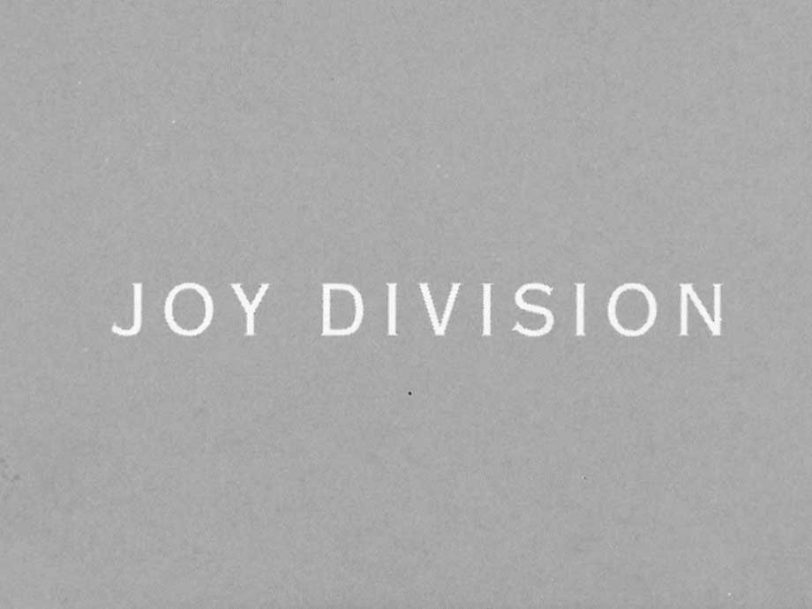When Ian Curtis so tragically took his own life, in May 1980, Joy Division effectively died with him. However, the band had recorded prolifically during their short life and they’d left enough rare and/or previously unreleased songs in the vault to warrant the collation of an impressive posthumous collection – 1981’s Still.
Listen to ‘Still’ here.
“The thing about Joy Division was that we were sponges”
Anthologies of this nature are always liable to attract criticism. As Morrissey later observed in The Smiths’ Paint A Vulgar Picture, record companies are rarely slow to “reissue and repackage” after the death of iconic musicians – and they aren’t always mindful of quality control. Yet Factory Records genuinely had no intention of rush-releasing Still, and their motives were honourable. The label absolutely believed they should give fans official access to Joy Division songs which weren’t widely available at the time – and they wanted to combat the trade in bootleg recordings which began circulating following Curtis’ death.
Accordingly, Factory put Still together as a double-album, with its first disc covering outtakes from the band’s seminal studio albums, Unknown Pleasures and Closer, plus a brace of then hard-to-source rarities. The second disc, meanwhile, contained a mixing-desk recording of Joy Division’s final gig, at Birmingham’s Aston University on 2 May 1980, in its entirety. Asides from the poignancy of that event, it earns its place in history for including the group’s only live version of Ceremony (later to be officially recorded as New Order’s debut single).
“The studio material fares especially well”
Still’s studio disc ensured the album was worth the price of admission. The songs weren’t arranged chronologically, but some thought went into the sequencing, as the record kicked off in style with the brooding, soundtrack-esque Unknown Pleasures outtake Exercise One, followed by the urgent, anthemic Ice Age and the harsh, metallic The Sound Of Music – the hugely potent latter song a leftover from the band’s initial Love Will Tear Us Apart session in January 1980.




